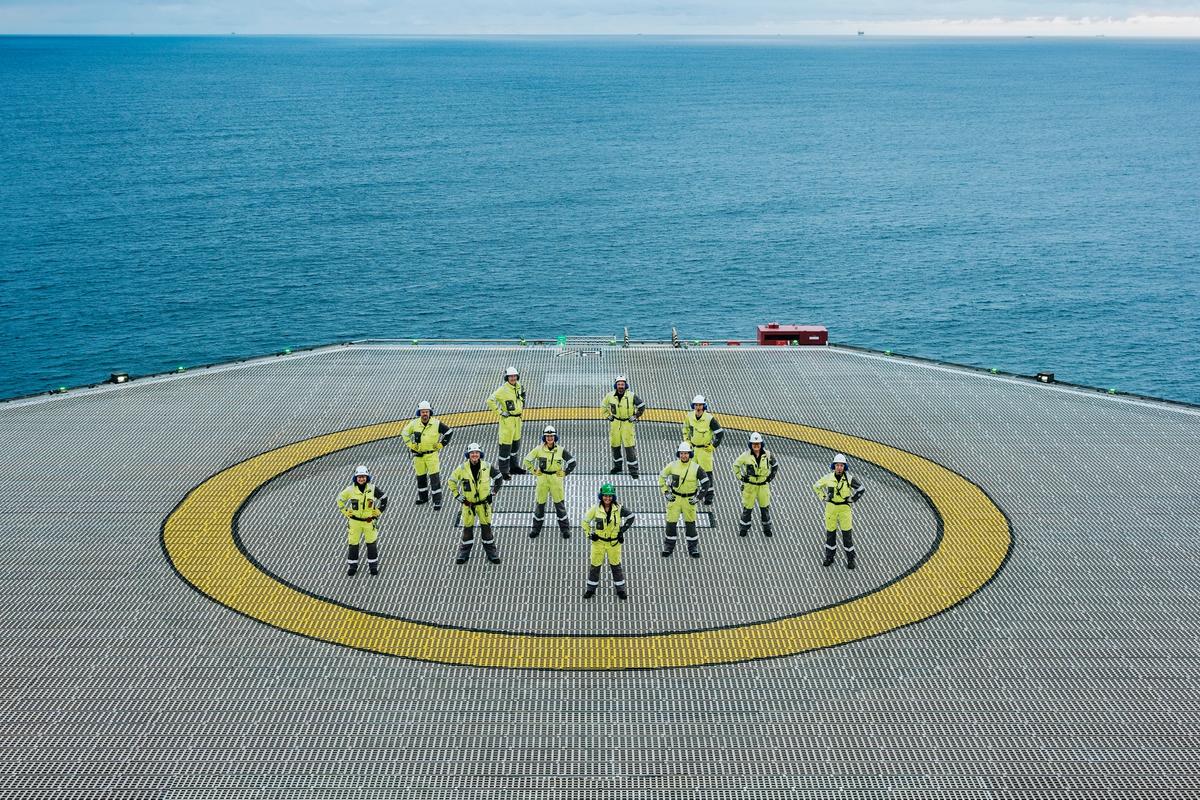Siri Espedal Kindem is head of renewables in the US.
Q: What has Equinor's presence meant for the nation where you are located?
A: Equinor has been involved in oil and gas operations in the US for 25 years, and in 2017 we acquired our first offshore wind site on the east coast. Since then, we have built up an increasingly large investment in renewables, and with the Empire and Beacon Wind projects, we will supply electricity to 2 million American homes.
Q: What does the energy transition look like where you are?
A: There are currently only seven active offshore wind turbines in the United States. Thus, we are building more than projects; we are building an industry that will create green and sustainable jobs while at the same time contributing to the energy transition. The Biden administration aims to manage 30 GW of renewable energy by 2030, and Equinor will supply more than 10% of that.
Q: What do you think about the ambition to become climate neutral by 2050?
A: That ambition makes me proud and aligns with what the outside world expects from us as a company. The work we do from day to day on renewables in the US helps us succeed with our goal of reaching net zero emissions. In addition, we will make choices in the project development phase to support our future climate targets. An example is when ordering a new service and operation ship, where we have chosen a vessel with a hybrid propulsion system as we know it from cars with hybrid engines. This reduces CO₂ emissions when sailing in and out of New York. We are also exploring possibilities for complete electrification of this vessel, but this depends on us developing a system for offshore charging, which is being worked on.
Q: Cooperation is essential for achieving the ambitious climate goals. In what way is it important in your work?
A: In our contribution to achieve these goals, my task is to deliver offshore wind projects – initially on the east coast of the US. These are not just large marine fabrication and installation projects – it also involves the development of infrastructures such as bases and substations and connections to the power grid. To start building, environmental approvals must be in place, and to achieve this, we must collaborate with stakeholders and governments at various levels, such as at city level and state level. In addition, internally at Equinor, we have learned much about the road to success from previous projects, such as Dogger Bank.

